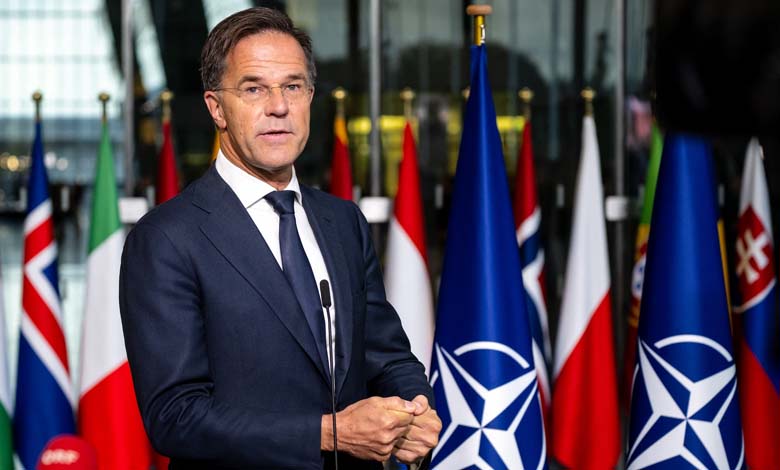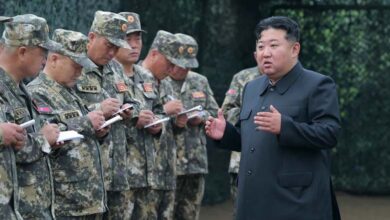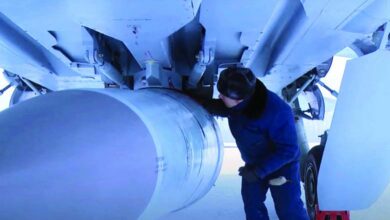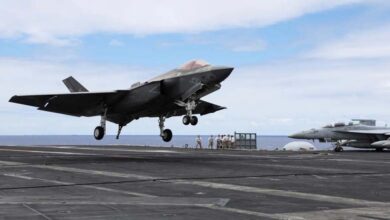1.5 Trillion Dollars in 2025: An Arms Race Reshaping NATO’s Balance of Power

The North Atlantic Treaty Organization has confirmed that all of its member states will allocate at least 2% of their gross domestic product to defense spending by 2025.
According to the latest figures released by the Alliance, all 32 members—including Belgium, Canada, Spain, and Italy—are expected to meet this target by the end of 2025.
-
On NATO’s Doorstep… A New Russian Facility Raises Western Concerns
-
US senator threatens to cut Baghdad’s funding over continued attacks on Kurdistan
It has taken nearly a decade for some countries to reach this benchmark, initially set in 2014 after Russia’s annexation of Crimea. However, pressure from U.S. President Donald Trump, who returned to the White House in January, has pushed allies to commit to an even more ambitious trajectory of military investment.
In June, NATO members pledged to increase their defense spending to 5% of GDP by 2035, with 3.5% dedicated to military expenditure and 1.5% to broader security measures.
Collectively, NATO’s defense budget is projected to exceed 1.5 trillion U.S. dollars (about 1.29 trillion euros) this year, signaling an unprecedented military buildup since the end of the Cold War.
-
This Is How NATO Envisions World War III: The Timeline and Division of Roles
-
Zelensky Relies on NATO “Guarantees” to End the War
This surge in spending is largely aimed at countering Russia. Western military and security officials have warned that Moscow could be capable of attacking a NATO member within three to five years if the war in Ukraine comes to a halt.
For decades, the United States has been the cornerstone of European security since World War II, but Washington now emphasizes that European nations must assume a larger share of the responsibility. The Pentagon is currently reviewing its global force posture and has hinted it may scale back its European presence to focus more strategically on China.
-
Nordic Unity: A Model for European Defense Beyond NATO
-
Zelensky torn between “nuclear” and “NATO”… and Russia renews the “red line”
In this shifting landscape, NATO states bordering Russia—particularly Poland and the Baltic countries—have adopted a much faster pace in boosting their defense budgets, with the aim of reaching the 5% threshold well ahead of schedule. Warsaw, in particular, is set to lead the Alliance in relative defense spending in 2025, allocating 4.48% of its GDP.
While the United States will spend a smaller share of 3.22%, it remains by far the top spender in absolute terms, maintaining a massive lead over all other NATO allies.












